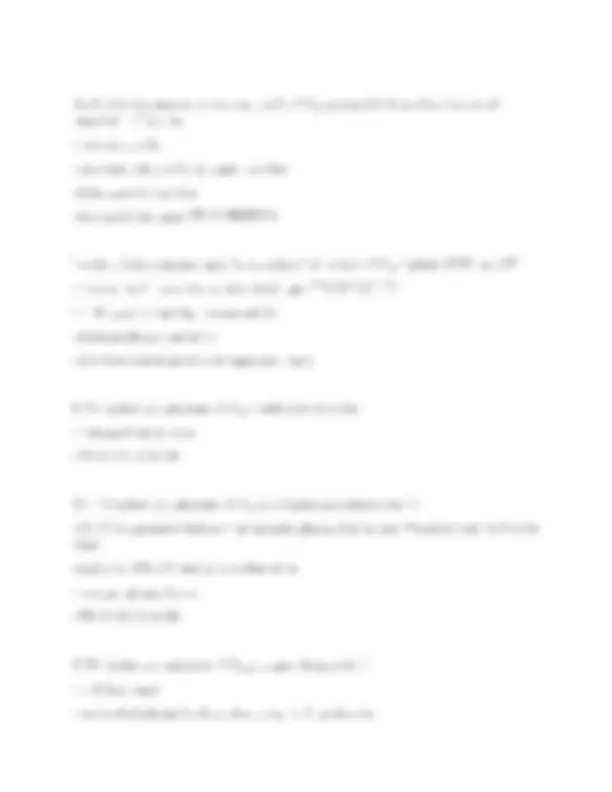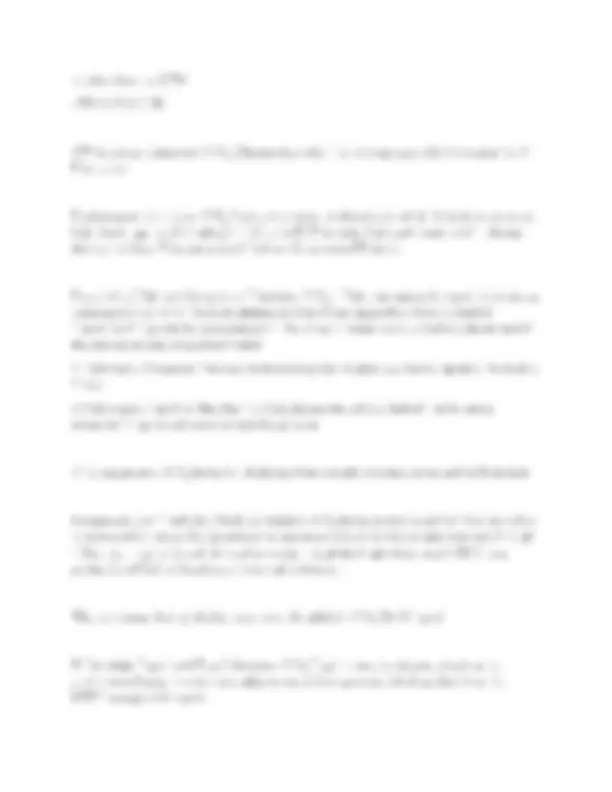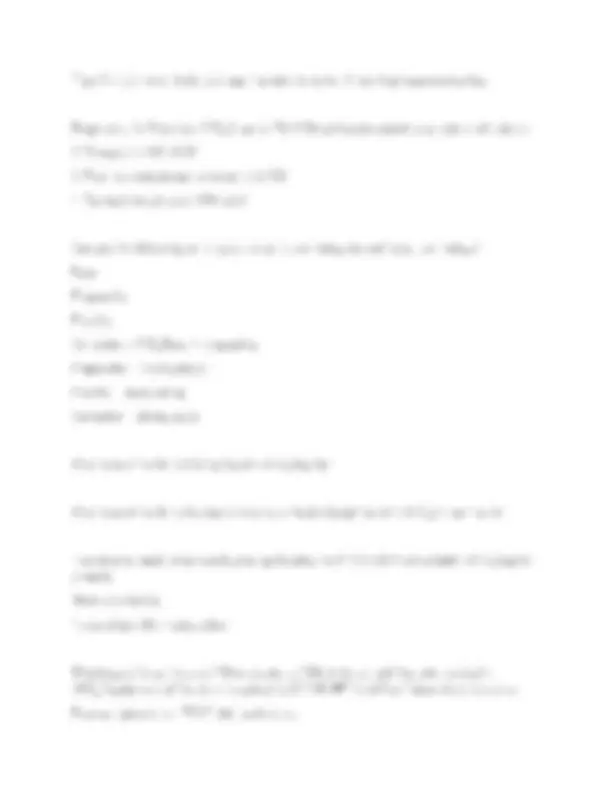Partial preview of the text
Download Humalog :Type, Onset, Peak, Duration, and more Exams Nursing in PDF only on Docsity!
Humalog: Type, Onset, Peak, Duration - ANS_Type: rapid acting (prandial) Onset: 15 minutes or less Peak: 0.4 to 1.4 hours Duration: 6-8 hours Novolog: Type. Onset. Peak, Duration - ANS_Type: rapid acting (prandial) Onset: 15 minutes or less Peak: 1-3 hours Duration: 3-3 hours Apidra: Type, Onset, Peak, Duration - ANS_Tyvpe: rapaid acting (prandial) 3-10 minutes Onse Peak: 1 hour Duration: 4 hours Regular: Type, Onset, Peak. Duration - ANS_Type: short acting (preprandial) Onset: 30 minutes Peak: 24 hours Duration: 6-8 hours NPH: Type, Onset, Peak, Duration - ANS_Type: Intermediate acting Onset: 1 - 2.5 hours Peak: 6-12 hours Duration: up to 18 hours Lantus: Type, Onset, Peak, Duration - ANS_Type: Long acting (basal) Onset: 30 minutes Peak: None Duration: 24 hours Levemir: Type, Onset, Peak, Duration - ANS_Type: Long acting (basal) Onset: 30 minutes Peak: None Duration: 24 hours U-300 Glargine (Toujeoy: Type, Onset, Peak, Duration - ANS_Type: Long acting (basal) Onset: 6 hours Peak: None Duration: 36 hours Degludec (ultra long-acting insulin analogue) - ANS_Type: Long acting (basal) Onset: 30-90 minutes Duration: 42 hours Glucagon (Actions, outcomes) - ANS_- inhibits glycogenesis (naking glycogen) - promotes glycogenolvsis (destroying glycogen which stores glucose) - stimulates gluconeogenesis (coverting proteins to glucose} - Increases blood glucose - broken down by GPP-4 - TEAM INSULIN GIP (action and outcome) - ANS_(Glucose-dependent insulinotropic peptide) Stimulates Insulin Production Explain osmotic diuresis - ANS_Process that oceurs in diabetics in which the body responds to high blood sugar by eliminating it in the urine BUT in doing that it pulls water with it. through the nephron loop. This causes the 3 Hallmark Symptoms of Diabetes Explain the 3 Hallmark Symptoms of Diabetes - ANS_1. Polvuria - caused by osmotic diuresis as 3 through which the body attempts to lower blood sugar when there is a lack of insulin/insulin ¢ sxereting it in the urine but water is also pulled into the urine with tivity by the glucose causing excessive urination 2. Polydipsia - Excessive thirst results from excessive urination as a way to replenish the body’s fluids 3. Polyphagia - Insulin is like a key. to allow glucose into cells so lack of insulin causes excessive hunger as cel € not receiving glucose Gluconeogenesis - ANS_formation of glucose from noncarbohydrate sources, primarily proteirt Ketogenesis (and 2 methods of body correction) - ANS_formaton of glucose from fats, byproduct is ketones which are acidic, cause body to become acidotic which it attempts to remedy through 1. Kussmaul respirations which expel ammonia through the breath (keto breath) OR 2. renal production of Sodium bicarbonate to neutralize ketones What are normal fasting blood glucose levels for adults? - ANS_70-109 mg/dl Differentiate Type 1 and Type 2 diabetes - ANS_Tyve 1 - body is not producing insulin, autoimmune disease in which body attacks beta cells in pancreas (which produc insulin} . MUST manage with insulin Type 2 - (ater onset) body develops insensitivity to insulin and begins producing less Diagnostics for Diabetes - ANS_1. casual BG >200mg/d1 accompanied by symptoms of diabetes 2, Hemoglobin A1C >6.3 3. Two hour oral glucose tolerance test >200 4. Fasting blood glucose >126 mg/dl Compare the following contemporary insulin terminology to traditional terminology? Basal Preprandial Prandial Correction- ANS_Basal = long-acting Prepraridial = short actingh Prandial = rapid acting Correction = sliding scale What type of insulin is Sliding Scale? - ANS_Regular What type of insulin is the most similar to our body's basal insulin? - ANS_Human insulin In relation to meals, when you do give rapid acting insulin? Short? Intermediate? - ANS_Rapid - at meals Short - just before Intermediate - 30 minutes before Which type of insulin is clear? Which is cloudy? Which do you add first when mixing? - ANS_Regular/unmodified (shorter acting) is CLEAR, NPH/modified (intermediate) is cloudy Draw up regular/clear FIRST, then add cloudy 













